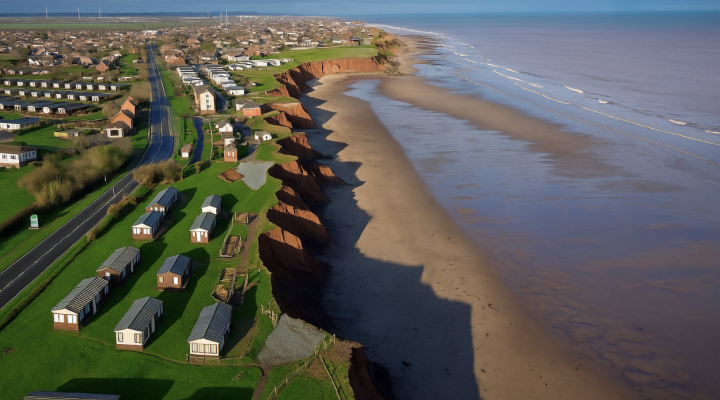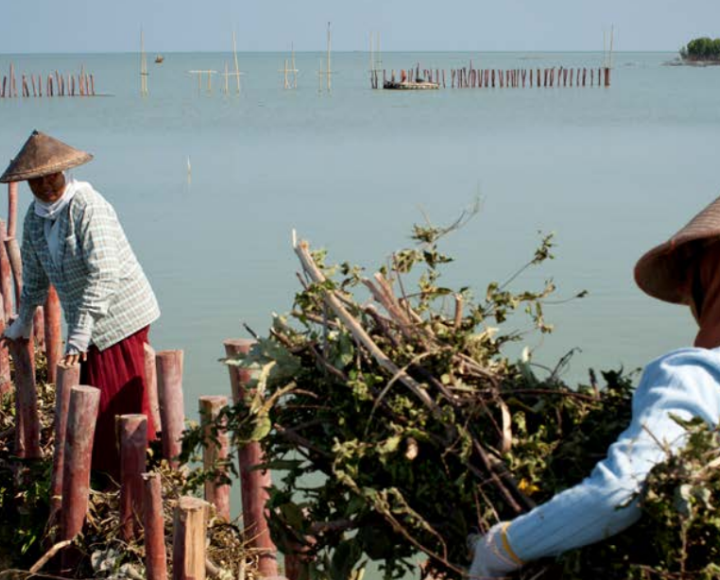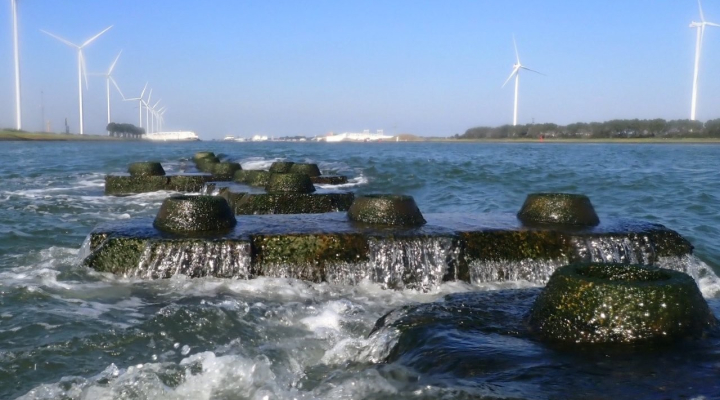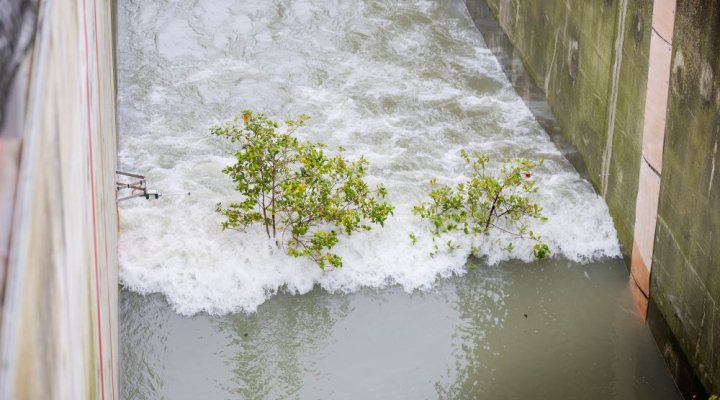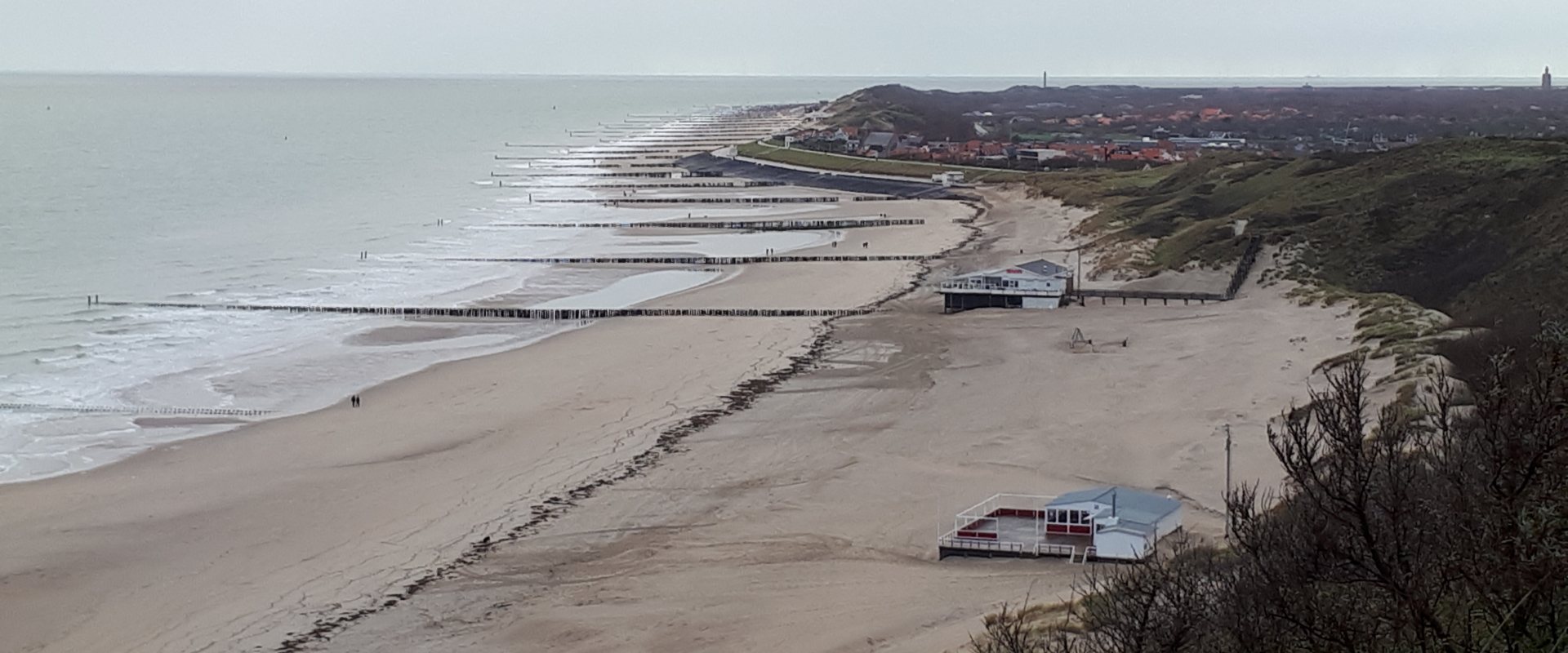
How are European countries planning for sea level rise?
A study by Dutch knowledge institutes Deltares, Wageningen University & Research and Utrecht University shows how 32 European coastal countries are planning for sea level rise, which differs a lot per country, and compares their plans.
Three-quarters of these countries have national plans for sea level rise; preparing for 1m by 2100 is most common. Only a few countries include high-end sea level rise scenarios.
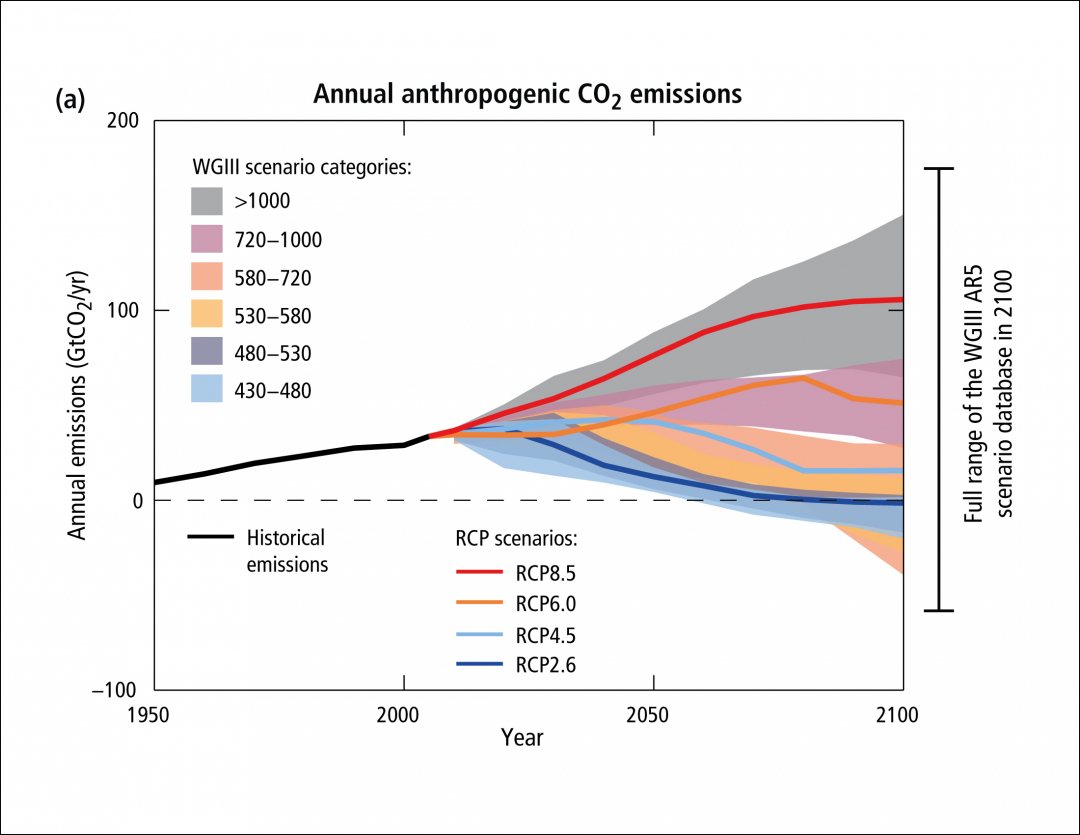

High-end climate scenarios
Most European countries have adopted the year 2100 as their planning horizon and many countries are currently operating with a sea level rise of about 1 metre. However, there are significant differences between countries and these can lead to uneven effects over time. These findings were recently published in the article ‘How are European countries planning for sea level rise?’ published in the Journal Ocean and Coastal Management.
The researchers found that RCP4.5 and RCP8.5 (RCP=Representative Concentration Pathway) are the most commonly used climate change scenarios in sea level rise planning, suggesting countries are considering high-end climate change.
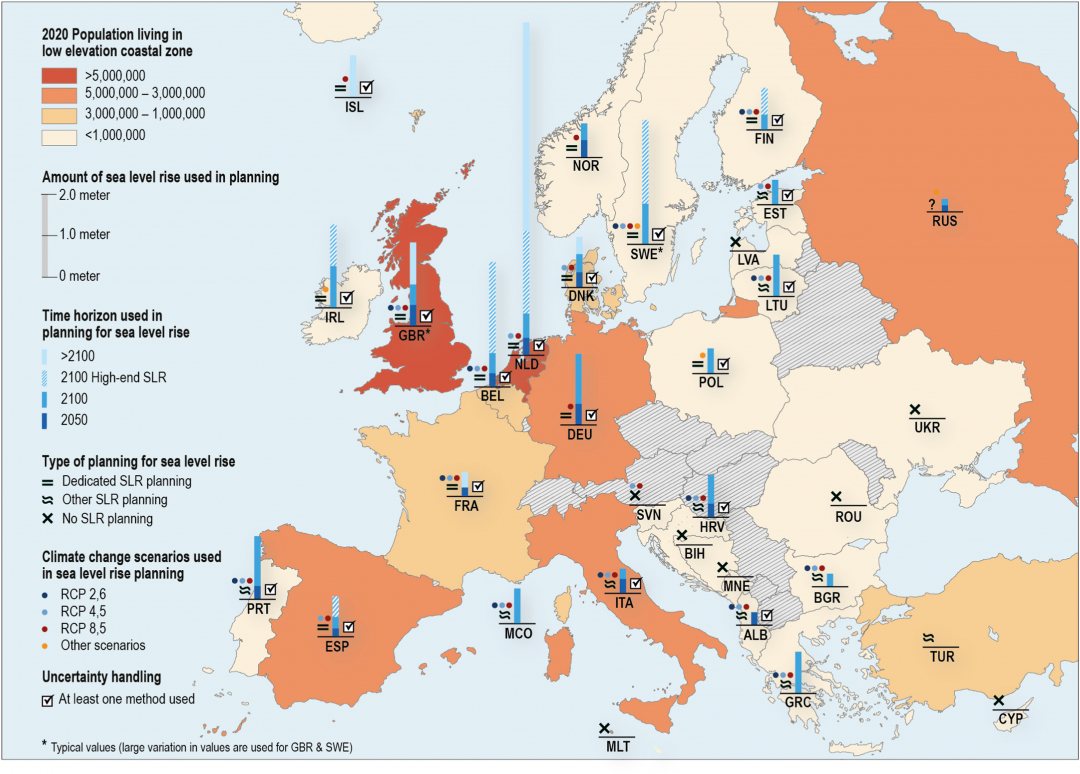

Different planning on sea level rise
The inventory shows a wide range of expected sea level rise for long-term horizons. The range is between −1.8m in parts of Iceland, up to 3m considered by Belgium. However, between 0.5m–1.0m is the most common range of values. Only a small number of countries in Europe are considering a high sea level rise, for reasons such as rapid ice mass loss from Antarctica. Half of the countries are planning for an amount of sea level rise (SLR) between 0.15m to 0.35m for the next 30 years.
Also, a large number of European countries do not use a mid-term horizon of 2050 and 5 countries with dedicated planning on sea level rise, have reported not using any mid-term horizons for its SLR planning. In some cases mid-term horizons are not used because of ongoing glacial rebound, such as in Finland and Estonia, or because of special circumstances such as in the Black Sea.
These differences in SLR-planning may lead to different levels of protection or preparedness, the researchers warn. Furthermore, different views on the time scale may lead to different implementation schemes and the question remains whether countries will have enough time to take adequate measures.
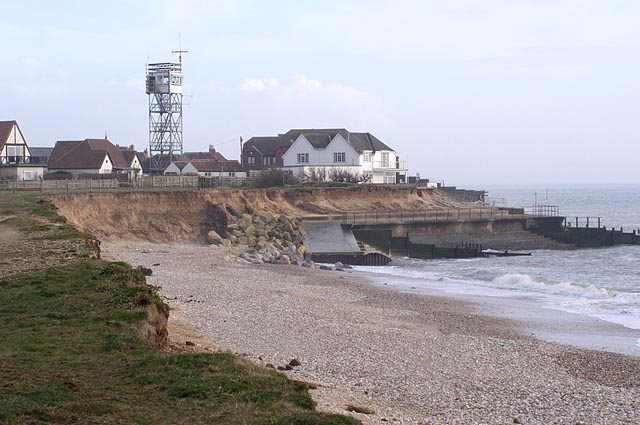

Timely action
Climate adaptation expert, Sadie McEvoy, at Deltares: 'Monitoring adaptation strategies and the level of preparedness is important so that we can identify gaps and act in a timely manner. I am very pleased that we were able to carry out this study and produce the first overview of how countries in Europe are preparing for sea level rise.'
Preparedness is considered important as without adjustment, the expected annual damage in Europe by the end of the century would be two or three times higher. The solution directions vary from protection, accommodation, inland and retreat.
Climate and water researcher, Marjolijn Haasnoot, at Deltares: ‘Even though three-quarters of European countries are preparing for sea level rise, we still found major differences. Some countries are preparing for a sea level rise of 20 cm by 2100. Others are taking an adaptive approach to handle a rise of up to 2 meters by the end of the 21st century.’




